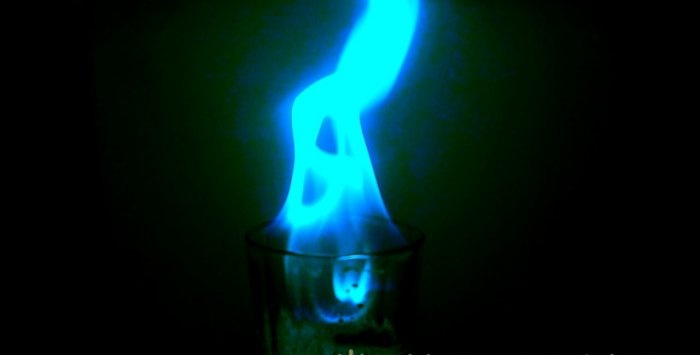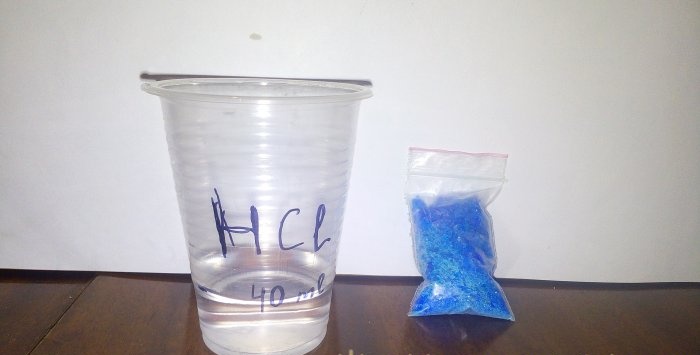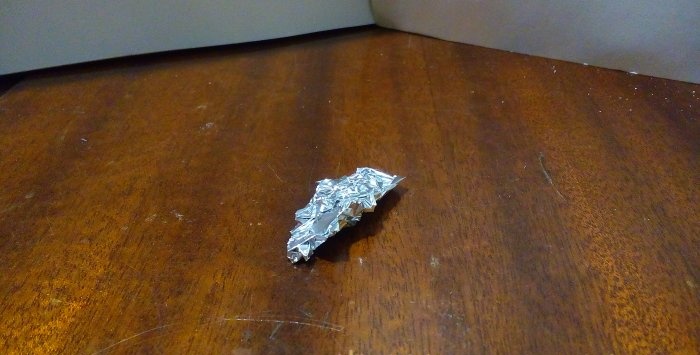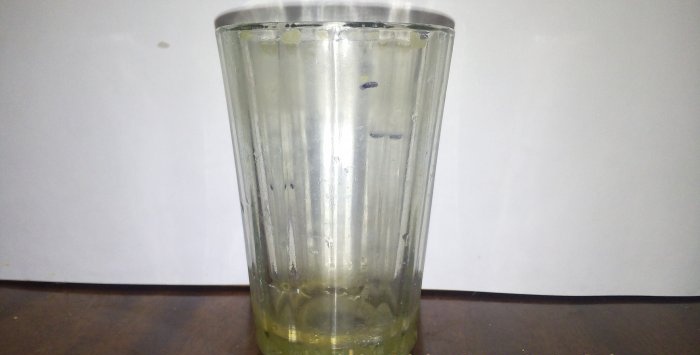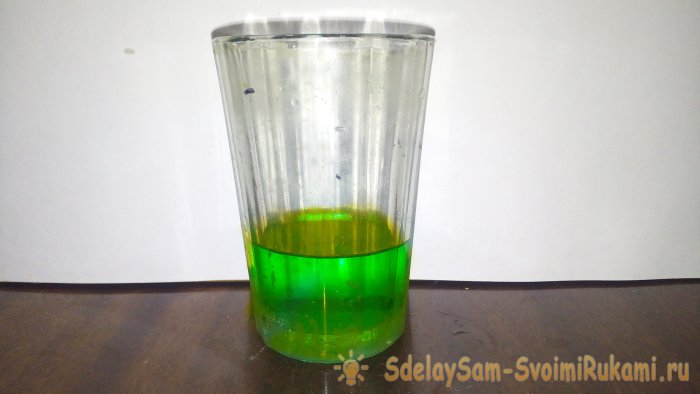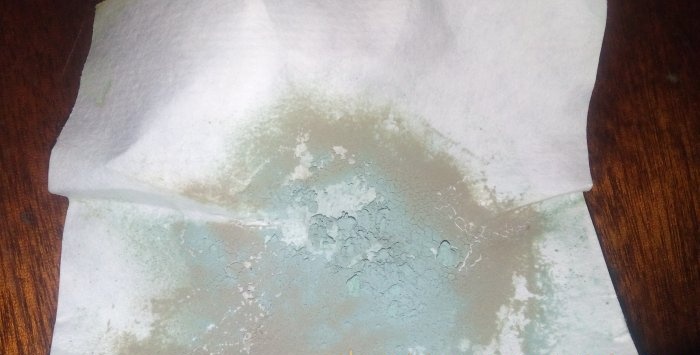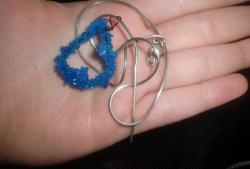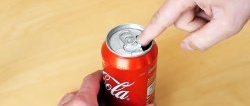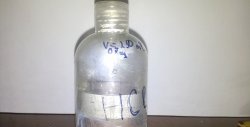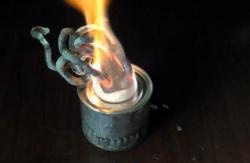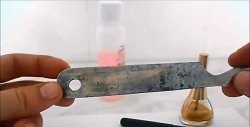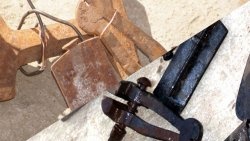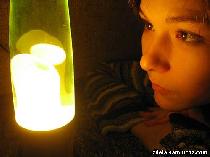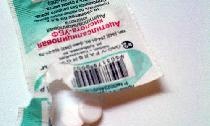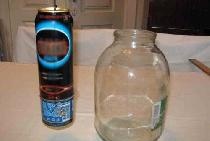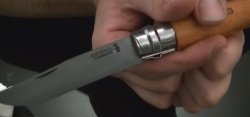A simple experiment - Blue flame
Good day, inquisitive chemists! Today we will conduct a simple but spectacular experiment.
Its essence is that the hydrogen released during the reaction burns with a blue flame.
So, we will need:
We will conduct the experiment in a glass jar.
You can use a Petri dish or a beaker as a vessel. I do not recommend using a flask, since the flow of oxygen inside will be difficult due to the narrow neck of the flask.
Before conducting this experiment, I strongly recommend that you familiarize yourself with safety precautions when working with acids.
Pour a teaspoon of vitriol into a jar and add 40 ml of acid. The solution turns green due to the formation of complex copper ion tetrachlorocuprate [CuCl4]2-.
Now all that's left is to add the aluminum foil. It is covered with an oxide film, but the resulting complex quickly destroys it. Then some of the aluminum reacts with the acid, the equation for this reaction is:
As can be seen from the reaction, hydrogen is released.
The rest of the aluminum interacts with the complex, displacing copper from it:
Reactions occur quickly, releasing large amounts of heat.
The hydrogen released burns well in air, let's set it on fire.
The narrow flame flow is associated with the characteristics of the neck of the jar, and the rich blue color is given to it by copper ions that are present in the solution.
Let's do the same experiment, but in a different container:
When all the aluminum has reacted, the solution turns gray with spots of reduced copper on the surface. It should be diluted with plenty of water and poured down the drain.
There is sediment left at the bottom:
You should also get rid of it, since after trying to filter, a light brown precipitate remained on the filter, and it cannot be called copper.
And this concludes this article. This experience can be demonstrated in chemistry lessons at school. Good luck with your repetition everyone!
Its essence is that the hydrogen released during the reaction burns with a blue flame.
Reagents
So, we will need:
- Hydrochloric acid concentration 15%;
- Copper sulfate;
- Aluminium foil.
We will conduct the experiment in a glass jar.
You can use a Petri dish or a beaker as a vessel. I do not recommend using a flask, since the flow of oxygen inside will be difficult due to the narrow neck of the flask.
Experiment
Before conducting this experiment, I strongly recommend that you familiarize yourself with safety precautions when working with acids.
Pour a teaspoon of vitriol into a jar and add 40 ml of acid. The solution turns green due to the formation of complex copper ion tetrachlorocuprate [CuCl4]2-.
Now all that's left is to add the aluminum foil. It is covered with an oxide film, but the resulting complex quickly destroys it. Then some of the aluminum reacts with the acid, the equation for this reaction is:
As can be seen from the reaction, hydrogen is released.
The rest of the aluminum interacts with the complex, displacing copper from it:
Reactions occur quickly, releasing large amounts of heat.
The hydrogen released burns well in air, let's set it on fire.
The narrow flame flow is associated with the characteristics of the neck of the jar, and the rich blue color is given to it by copper ions that are present in the solution.
Let's do the same experiment, but in a different container:
When all the aluminum has reacted, the solution turns gray with spots of reduced copper on the surface. It should be diluted with plenty of water and poured down the drain.
There is sediment left at the bottom:
You should also get rid of it, since after trying to filter, a light brown precipitate remained on the filter, and it cannot be called copper.
Conclusion
And this concludes this article. This experience can be demonstrated in chemistry lessons at school. Good luck with your repetition everyone!
Similar master classes
Particularly interesting
Comments (2)

